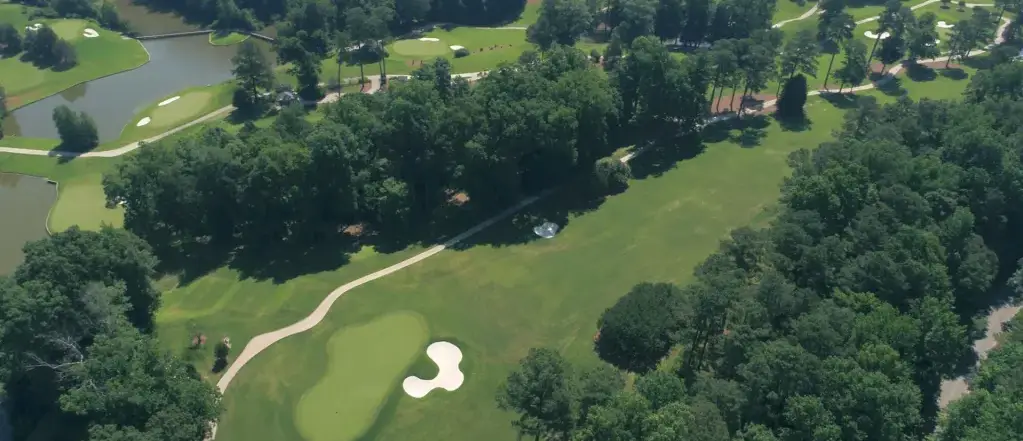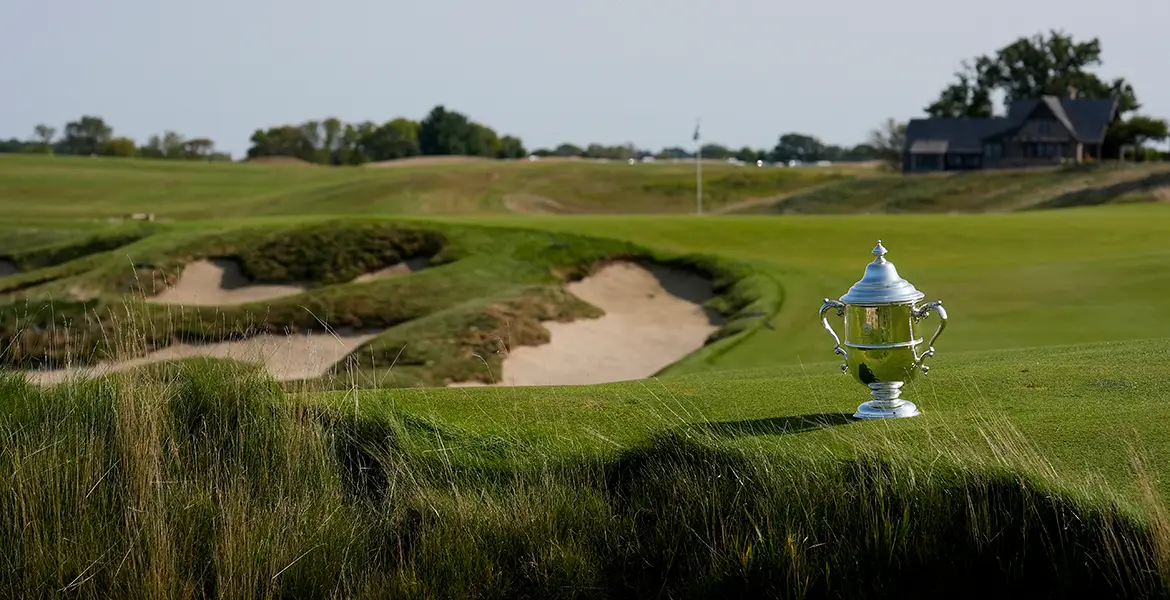Step on the tee box of a par five, whether you’re an amateur or a pro, and it’s hard not to feel optimistic. That’s the beauty of them—they’re teeming with potential.
There are three general categories for par fives, but only two of them get much attention. The risk/reward holes are always going to enjoy a fair amount of the spotlight, and for obvious reason. Similarly, the monstrous par fives that stretch close to 600 yards or more are also going to stand out.
Yet, the true, three-shot par fives, specifically the ones that don’t require three shots simply because they’re ridiculously long, often go unnoticed—likely due to the perceived lack of drama or excitement that they can generate. That doesn’t mean that they’re not redeemable holes with great architecture and inherent strategy baked in. And to prove it, we’re spotlighting nine noteworthy examples here.
17th Hole, Lower Course at Baltusrol Golf Club—Springfield, N.J.
The Sahara bunker on this famous par five gets the lion’s share of the spotlight; however, in my opinion, it’s not the hole’s defining feature as far as strategy is concerned. That honor is bestowed upon the more than 40 yards of greenside sand that guards the front of the notably elevated putting surface. Those who have unsuccessfully attempted to reach the green in two on this hole know from that moment forward that it’s a fool’s errand to ever attempt it. The odds of a shot hit with a fairway wood holding that elevated putting surface are miniscule, as are the odds of successfully hitting a 40- to 50-yard bunker shot should your attempt at reaching the green in two comes up short. That makes layups over the Sahara bunker a precise affair. And all of these things combined make any score of par or better an accomplishment that’s worth bragging about.
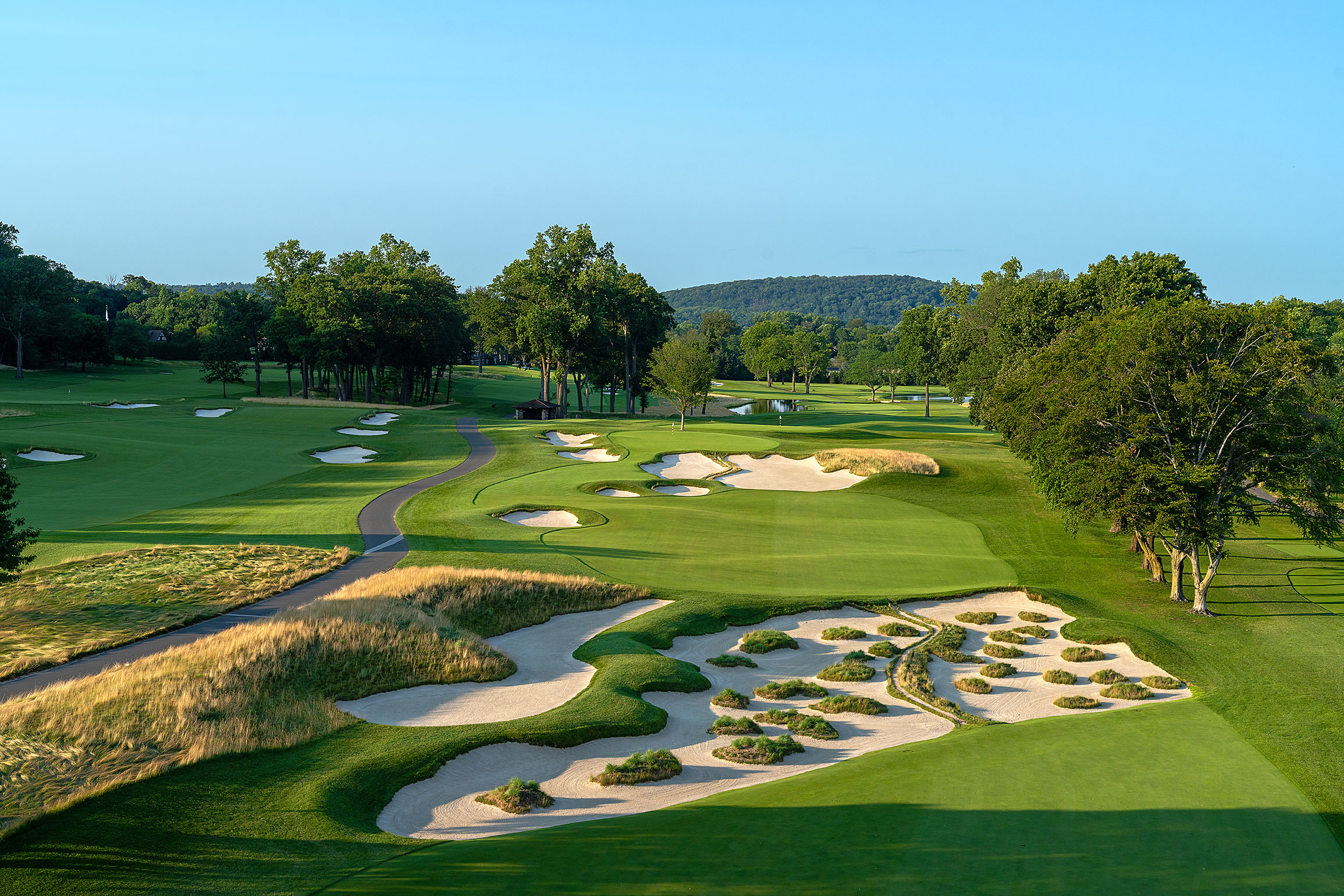
17th Hole, Panther National—Palm Beach Gardens, Fla.
The penultimate hole at the headline-grabbing Panther National showcases the requisite site manipulation that transformed an otherwise flat parcel of land into a dynamic stretch of mounds and dunes. The sprawling lake that runs down much of the 580-yard hole’s right side was dug so that its spoils could be shaped into the aforementioned elevation changes. A stretch of bunkers pinch in from the left, making tee shots a bit more anxiety inducing. From there, golfers will need to decide how aggressive they want to be. Layups hit to the far left of the fairway by the hole’s late dogleg will have no more than 100 yards in, positioned above the green; while those who choose to catch the slope running down toward the hole will have only a flip of a wedge, but it may come with a tricky stance on uneven ground.
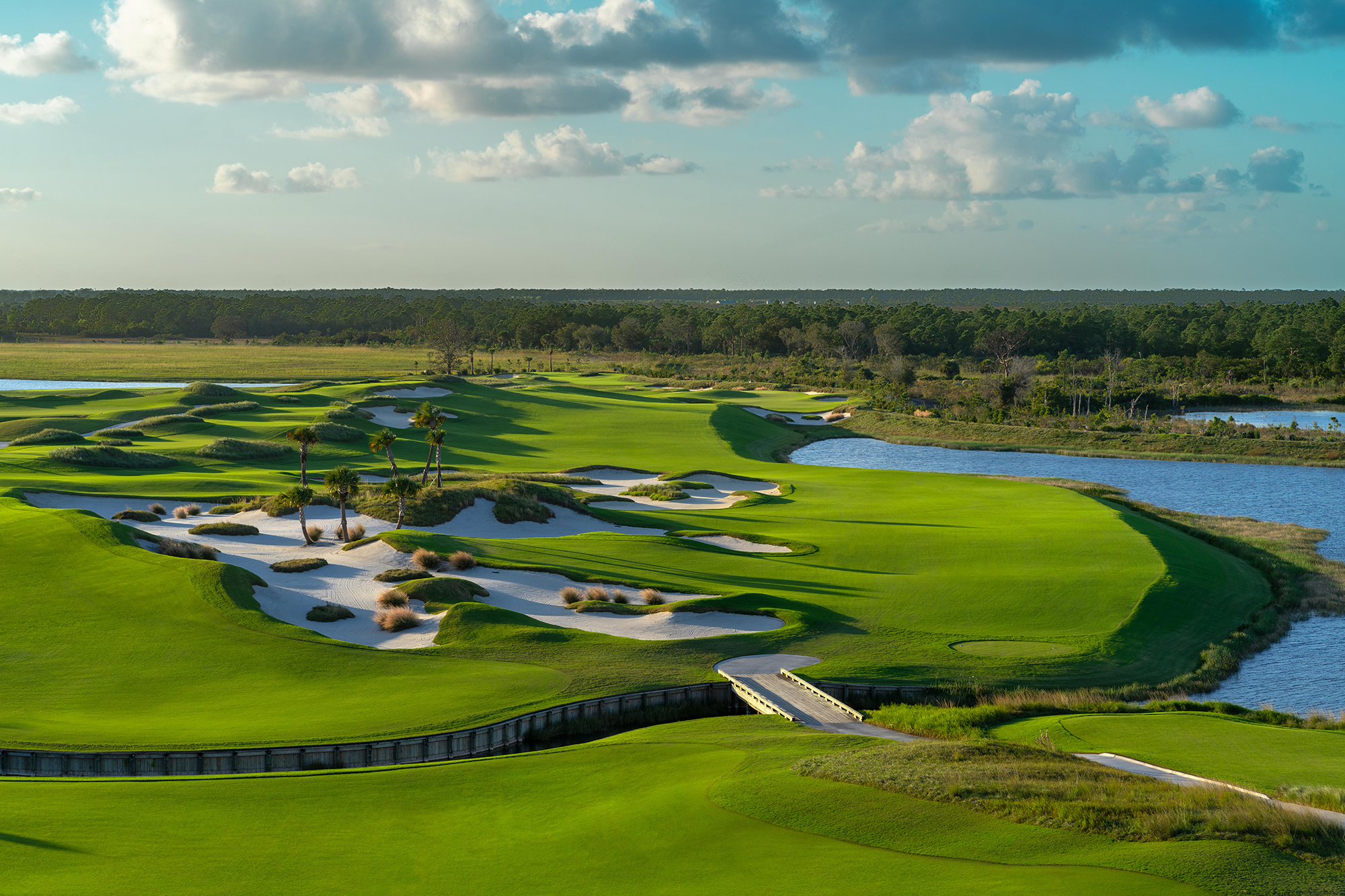
3rd Hole, Pete Dye Course at French Lick Resort—French Lick, Ind.
The 3rd hole on the Pete Dye Course at French Lick introduces one of the layout’s primary defenses—fescue covered hillsides that fall steeply away from the fairway. Miss your line to the left off the tee on this dogleg-left par five, which plays 554 yards from the blue tees (two boxes up from the tips), and you may as well drop from the fairway. Hitting that sliver of short grass with your tee shot is no easy matter on its own. Should you be successful, the second shot is equally challenging, as you’ll be faced with a decision: hit your layup straight toward the elbow of the dogleg, which is close to level with the green about 130 yards away, or cut the corner, playing over the valley, which leaves less than 100 yards in, albeit to a green positioned high above you. Simply put, there are no easy shots on this beast of a hole.

9th Hole, The Heather at Boyne Highlands—Harbor Springs, Mich.
There’s no denying this par five is an everyday three-shotter, and that character is dictated by the tee shot. Playing as much as 617 yards, the hole doglegs sharply to the left early, which means most players are hitting opening shots that are capped at 260 yards. Even players who can sling a drive from right to left will still be faced with at least 260 yards to an elevated green guarded by three cavernous bunkers. A water hazard stretching some 70 yards on the left side of the hole after the corner presents at least a shred of calamity on ensuing layups, while the elevated nature of the green makes approach shots a tactical affair (even if they’re hit with wedges or short-irons).
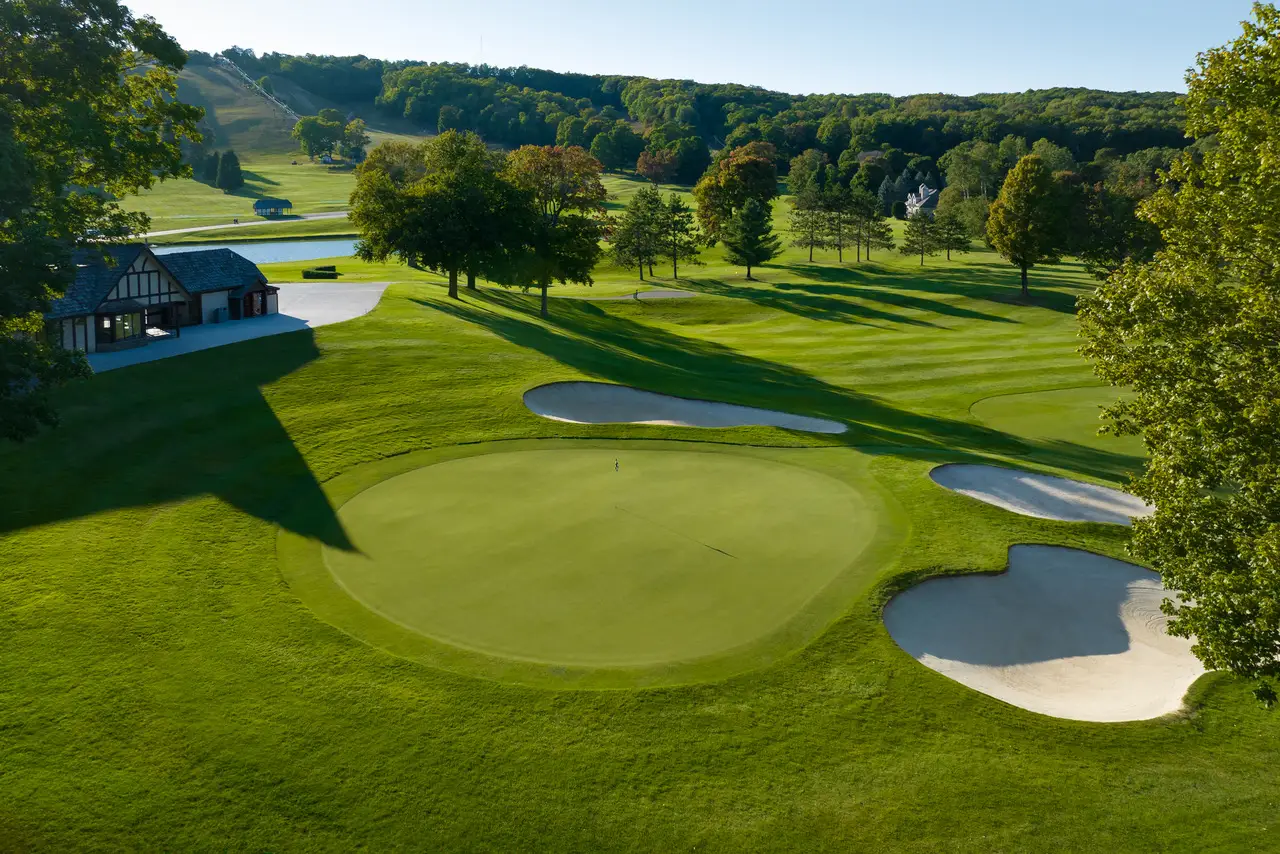
10th Hole, Pinehurst Resort (No. 2)—Pinehurst, N.C.
Length may be the primary factor in determining the three-shot nature of the 10th hole at Pinehurst No. 2, but there are other details that make it a praise-worthy three-shot par five. For starters, the native waste areas that the course is famous for are distinctly in play on both sides of the fairway, so accuracy is paramount across the hole’s 580 yards (617 yards if you’re ambitiously playing from the U.S. Open tees). A single fairway bunker down the left also makes layups challenging, as the second shot’s placement dictates the difficulty of a third shot hit toward this green with precarious run-off areas.
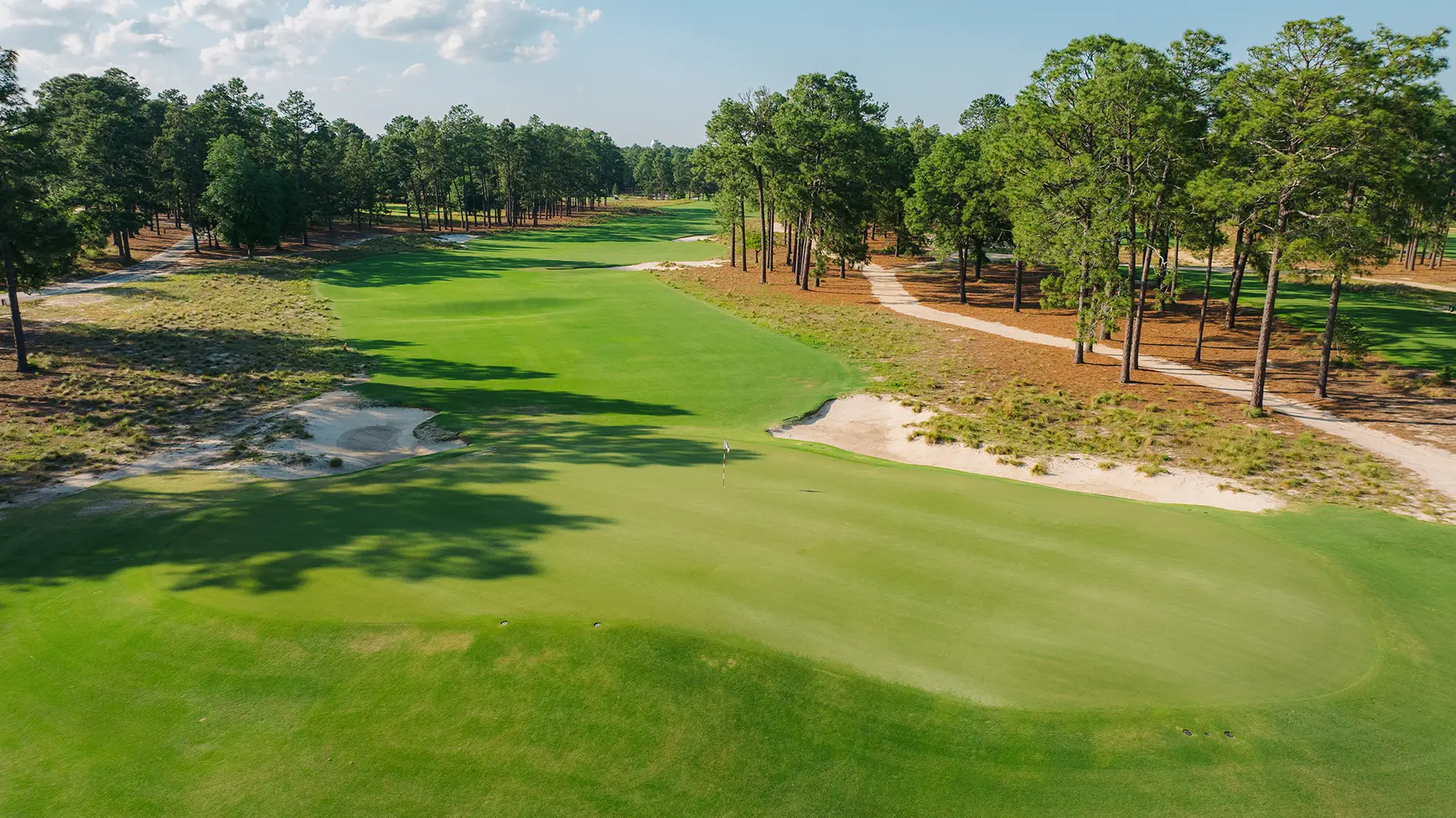
11th Hole, The Ocean Course at Kiawah Island Golf Resort—Kiawah Island, S.C.
One of Pete Dye’s greatest skills as a course designer was the ability to conceal the treachery that defines some areas of a hole. The 11th at The Ocean Course is a perfect example. From the fairway, golfers will look across a vast waste area with two pot bunkers beyond and they might see a green complex that’s not out of range. What they can’t see is the way the green surrounds can affect the trajectory of a shot once it hits the ground. There are a lot of undesirable lies in native beachscape just waiting to derail an otherwise good score on this hole. Players are also unlikely to feel the strength of the wind blowing in and off the left, which means a layup to the right of the trouble is almost always the best way to score.
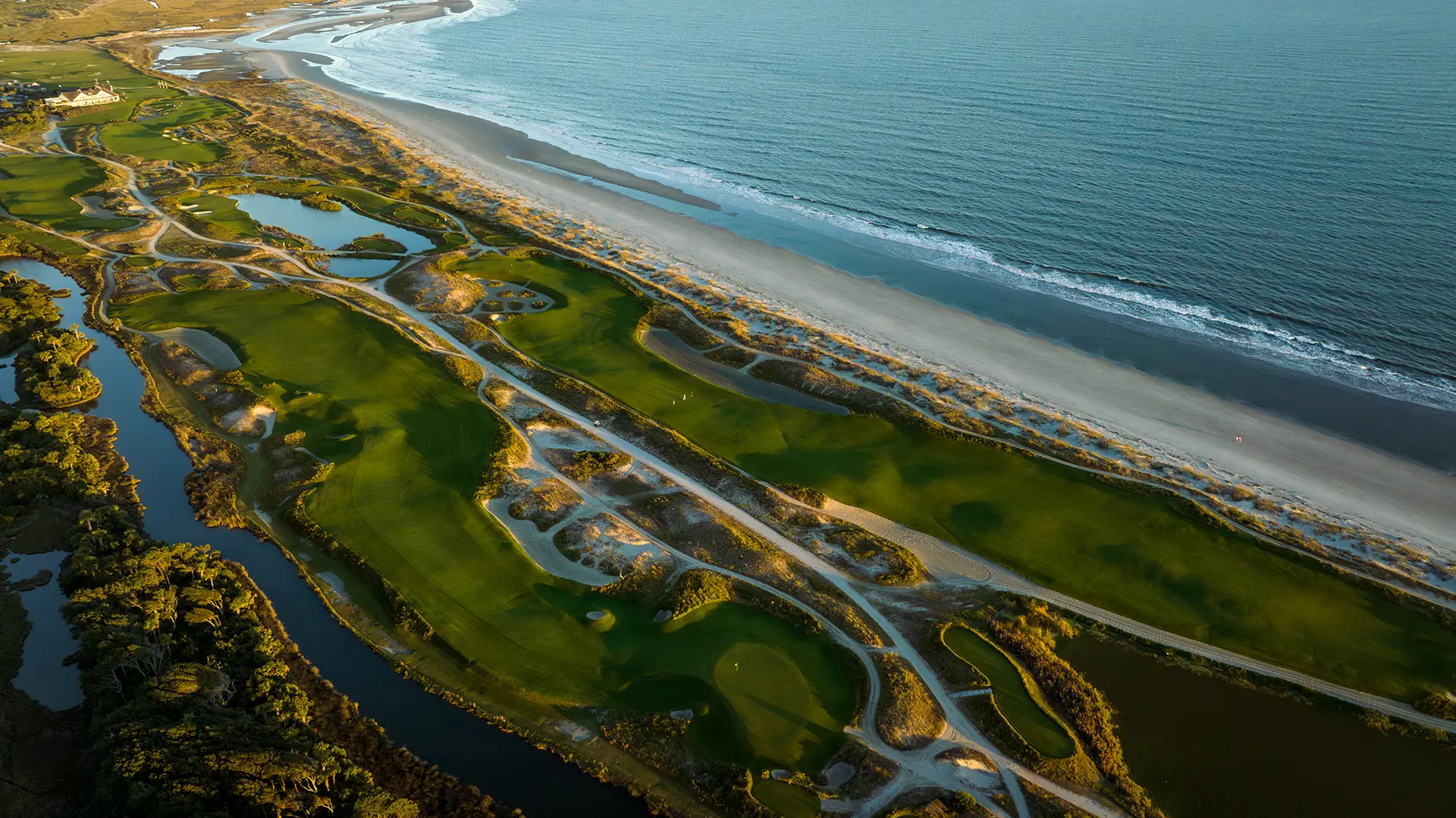
9th Hole, Tributary—Driggs, Idaho
Course management is a must on this long par five that’s peppered with plenty of danger. A fairway that’s notably pitched from right to left means players need to challenge the penal native grasses right of the short grass if their drives are to find the middle of the fairway. From there, two bunkers down the left pose a bit of a threat, mainly for obstructing a view of the landing area beyond—and the water hazard that cuts in from the left. Challenging the bunker farther up the fairway on the right is the ideal line for second shots, but the hole’s large green complex makes par far from a given, even when players approach it from the ideal angle.
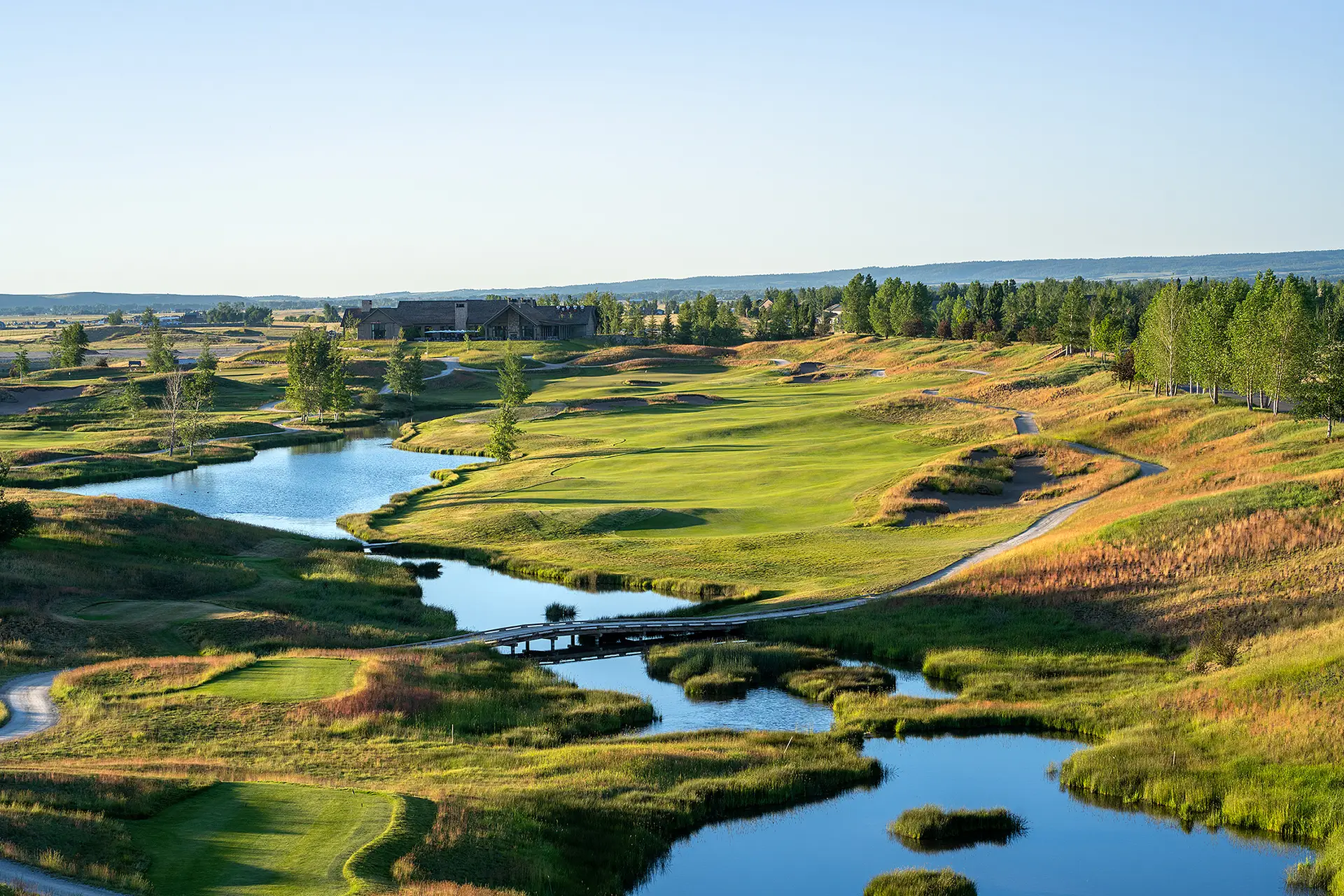
13th Hole, The Highland Course at Primland—Meadows of Dan, Va.
The best designed golf holes have features that relay the architect’s message, provided players are attuned to decoding what they’re seeing. On the 13th hole of The Highland Course at Primland, golfers don’t even need to assess the second half of the double-doglegging, uphill par five to understand the best way to play it. They just need to look at the sprinkler set near the A-position in the fairway, which reads: “Ideal lay-up to post—197 yards.” There’s plenty of width to that portion of the fairway to successfully layup, but there’s also plenty of undulations, which likely means players will still need to be engaged when hitting their subsequent third shot.
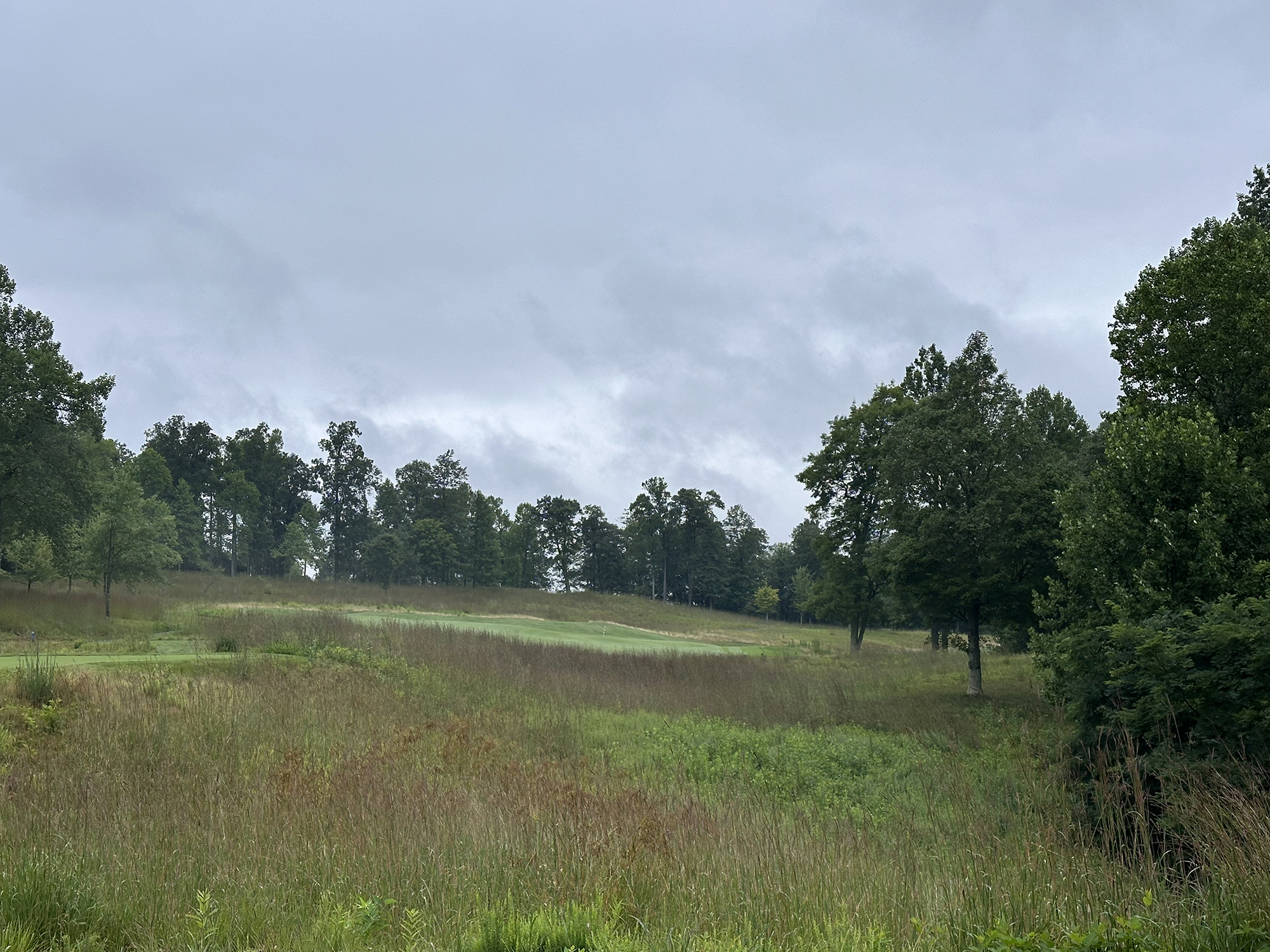
15th Hole, Gold Course at Golden Horseshoe Golf Club—Williamsburg, Va.
The only par five on the back nine of this Robert Trent Jones Sr. design plays 600 yards or longer, unless you’re putting your peg in the ground on the forward tee boxes. For that reason alone, the 15th hole requires three shots—even for the longest of hitters—but it’s not about just hitting it as far forward as you can on those first two swings. A fairway bunker on each side of the playing corridor squeezes the landing zone off the tee, while another bunker much farther up the right side of the hole has the ability to intimidate players as they hit their second shots, only because the right side offers the best angle into a narrow, elevated green protected by a wide and deep bunker on the left.
